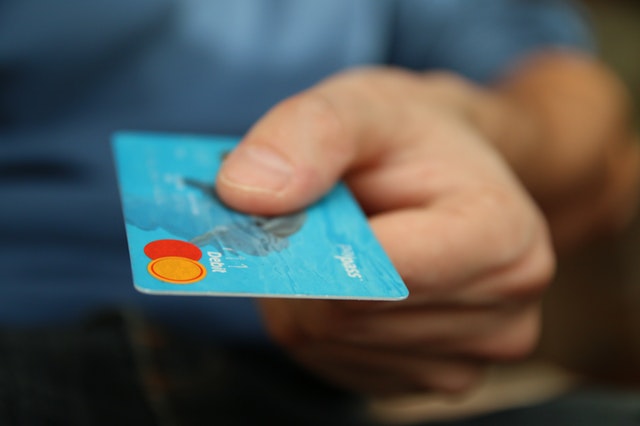If there is something that marketers would love to know, it is what goes through the minds of consumers. And since we still cannot read your thoughts, we are always looking for ways to get to know you a little better and to know how they make their purchase decision.
 |
 |
 |
 |
The purchase of consumers depends on many interrelated factors, so multidisciplinary studies can be the key to deciphering their behavior. This is the case of a study published recently in the US publication Proceedings of the National Academy of Sciences, which combines psychology and economics to reach conclusions about the economic decisions of adolescents. Their results (and those of other similar studies) can help us better understand purchasing decisions and how to adapt our marketing to them, so if you want to know them, read on!
The Decision To Buy From Consumers: What Science Says
Most of our choices are quick. In fact, according to Harvard University, no less than 95% of our favorites are made unconsciously. Many times it happens that we think we are going around and around what we want to do when in the background we already have it clear …, and that brings us to the next point.
 Decisions are a mixture of emotion and reason. Most of our choices are irrational and impulsive. Among other causes, to process the pros and cons of each action intelligently would suppose a tremendous waste of time and energy. But that does not mean that reason does not have an essential role. And it is that after taking our emotional decision, we rationalize it to convince ourselves that it is the best option. Therefore, both routes have a role in purchasing decisions and must be taken into account when designing marketing strategies.
Decisions are a mixture of emotion and reason. Most of our choices are irrational and impulsive. Among other causes, to process the pros and cons of each action intelligently would suppose a tremendous waste of time and energy. But that does not mean that reason does not have an essential role. And it is that after taking our emotional decision, we rationalize it to convince ourselves that it is the best option. Therefore, both routes have a role in purchasing decisions and must be taken into account when designing marketing strategies.
Biases are important. When making a purchase decision, consumers are not entirely fair. On the contrary, in the programming of our brains, there is a series of biases or preconditions that affect the way we make decisions. For example, the preference for immediacy and the fear of loss. The first one leads us to choose the option with faster results, even if it is not the optimal one, to “get rid of the problem.” The second one makes losses, possible or real, affect us more than profits. For example, if we lose ten euros a day and we find ourselves twenty the next, the impact of the first event will be higher.
Context is key. Finally, an aspect in which marketers can influence, and that is fundamental to make decisions is the context. For example, it has been shown that names affect our perception of colors. In one study, a group of women chose between two different shades of pink for a nail polish, “adorable” and “ballet slippers.” When they chose without knowing the name, “adorable” was the favorite, but when they were told what they were called, the preference was reversed. So you know: if you want to influence the purchase decision, be very careful when it comes to baptizing your product!